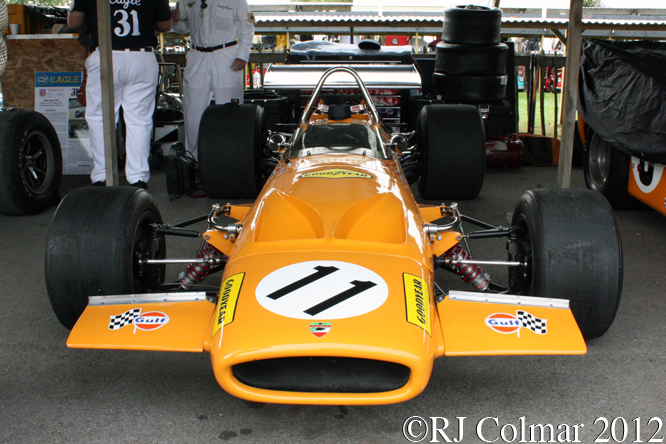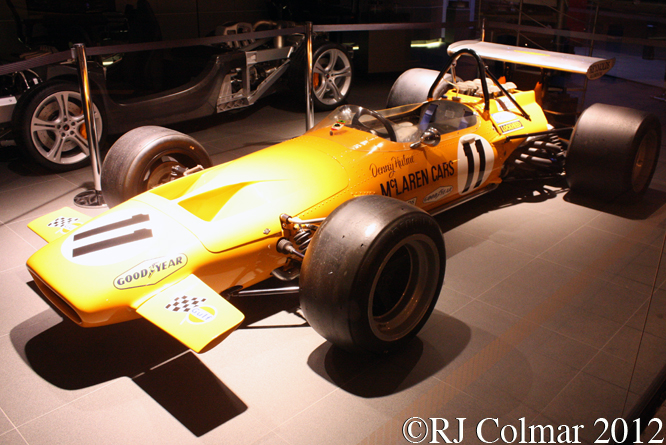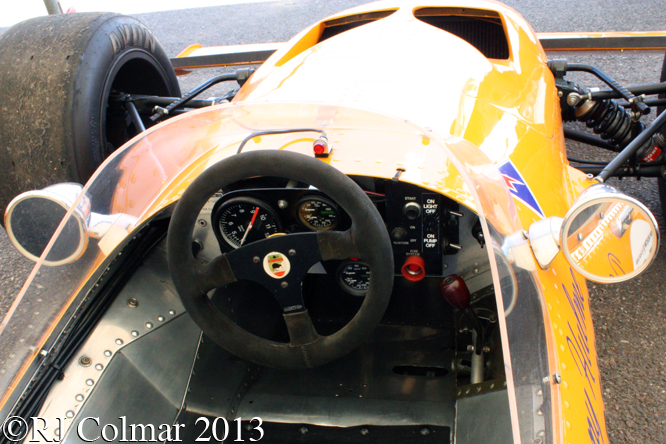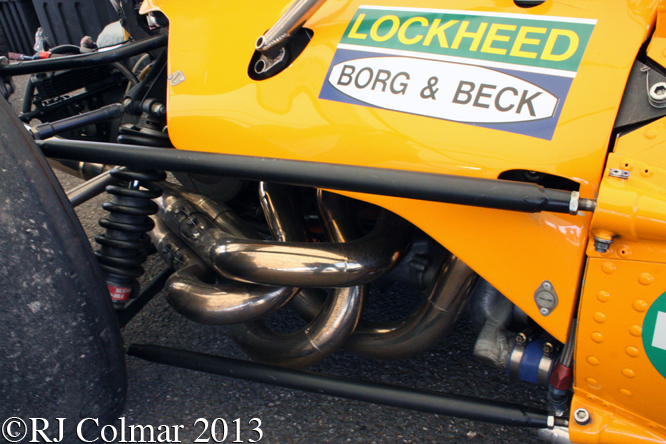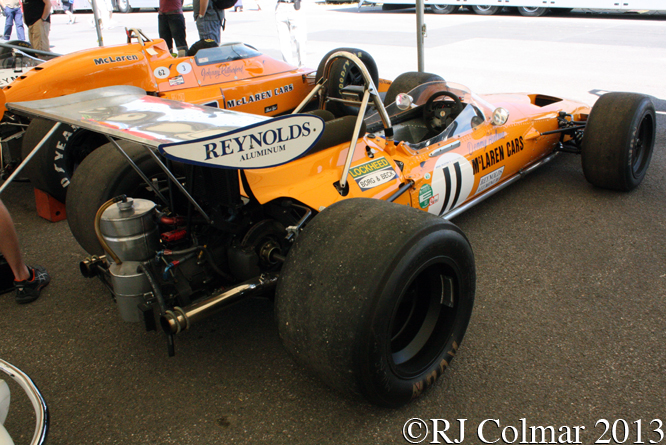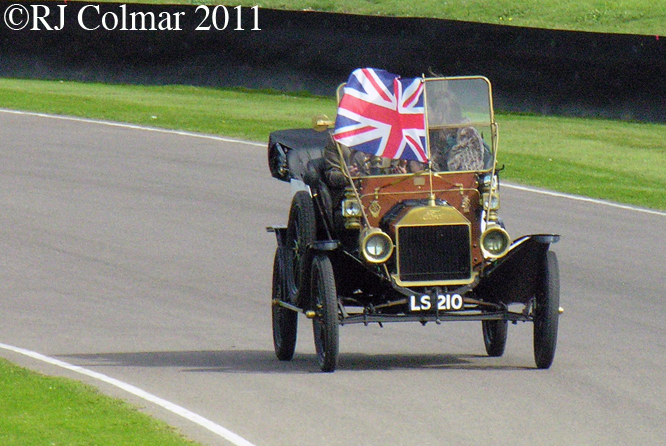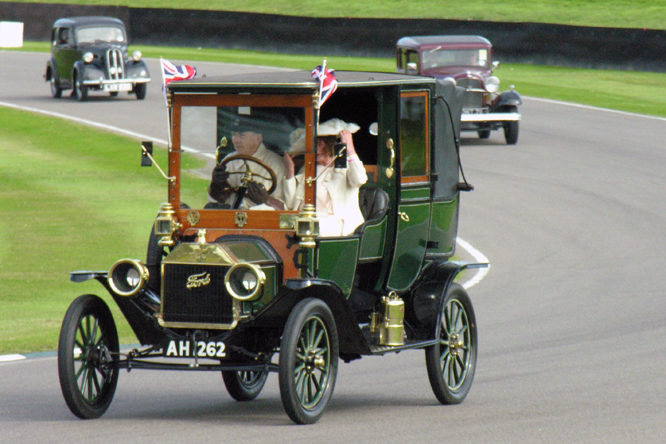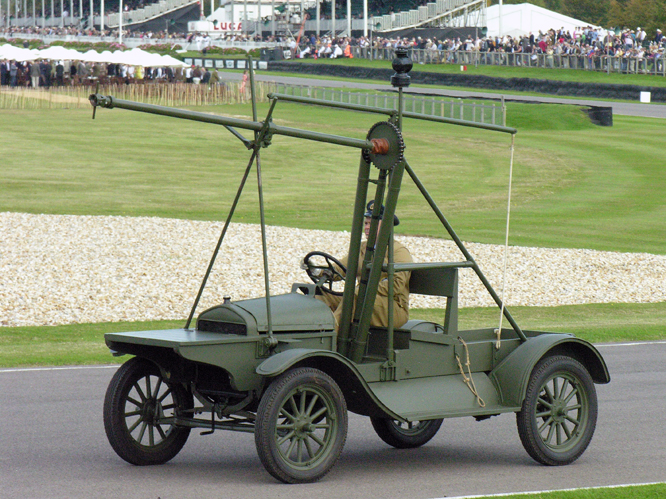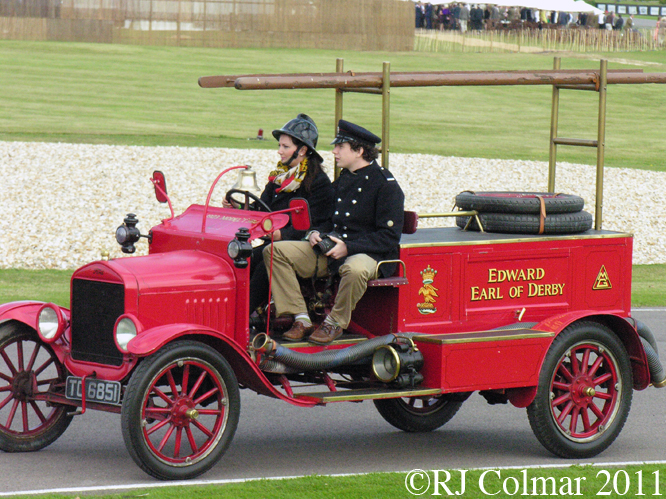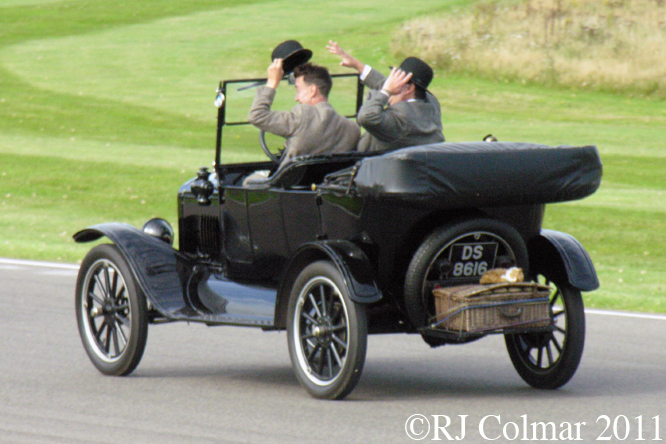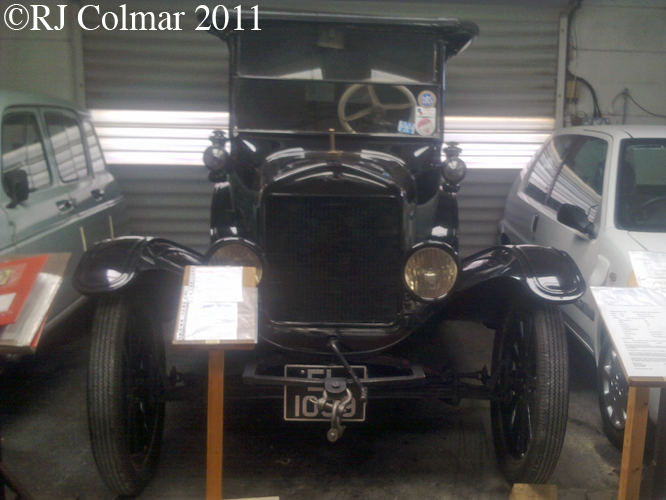Born in Manchester in 1933 Derek Bennett took a keen interest in model aircraft before completing an apprenticeship in mechanical and electrical engineering.
Working as a mechanic Derek was soon applying his skills and intuition to motor racing applications that included a V8 powered model Ford Model Y (British) stock car, two JAP powered Midgets for oval racing and Austin 7 specials for 750 Formula events organised by the 750 Motor Club at his local Oulton Park and Aintree Circuits.
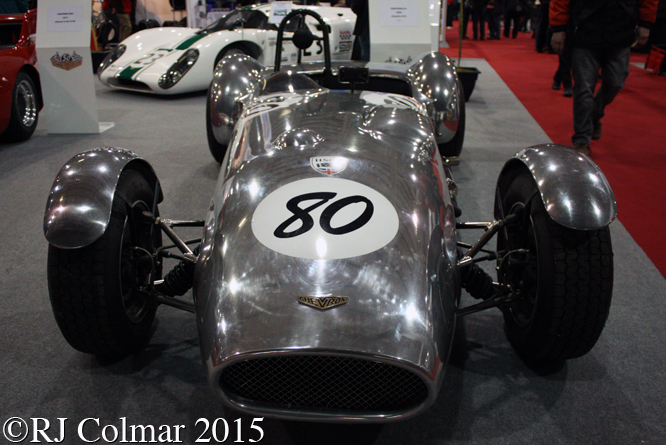
At the same time Derek was building a reputation as a quick driver racing his Formula 750 special which was upgraded to Clubmans spec with a mandatory Ford 1172 engine and was pitted against the ubiquitous Lotus Seven’s and rarer Len Terry designed Terrier a MkII version of which Derek also prepared and raced for Doug Linton.
Derek graduated to a less than successful Formula Junior car of his own devising, allegedly originally conceived on the back of a piece of wall paper, which was replaced by a Gemini FJ and BT9 Brabham F3 car, along with a Lotus Elite and TVR.
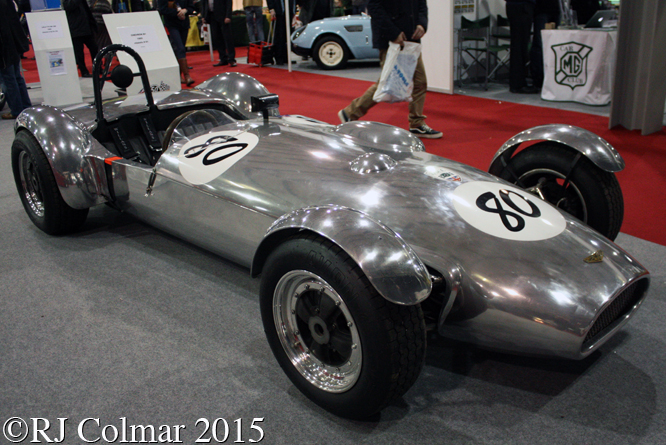
While successfully racing a Formula Libre Lotus Twin Cam powered Brabham BT14 for Robert Ashcroft Derek was approached by accounts clerk Brian Classic, for whom Derek had earlier helped sort out a Daimler SP250 and another Lotus Elite, to build the Clubmans car that kick started Derek Bennett Engineering Ltd as a racing car manufacturer of Chevron Cars with financial help from John Bridges who’s initial B would become synonymous with the Chevron type designations.
Derek decided that he would build two such Clubman’s cars, the first for himself, which were to be Lotus Seven beaters. Using typical for racing practice for the period Derek specified proprietary Triumph suspension uprights and steering rack, a Lotus Elite differential housing and Brabham wheels to save on costs.
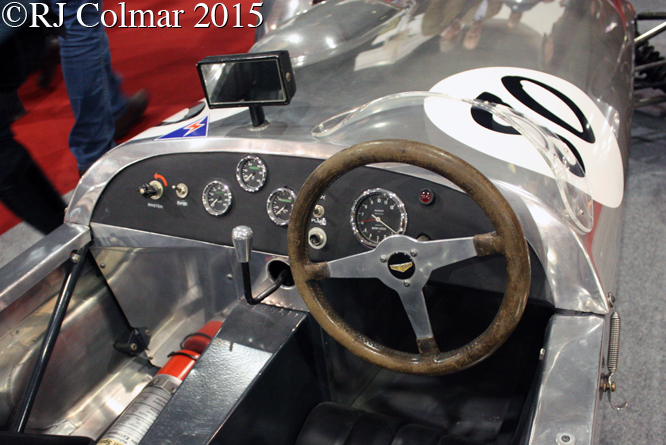
The rest of the car, named B1 after it’s first appearance, was drawn out in chalk on the floor at Derek’s Salford workshop at 31 Church Street with David Willars and featured independent rear suspension (irs) all round unlike the contemporary Lotus which it set out to beat.
Despite not being complete the first Chevron was taken to Ireland for three races in July 1965 where Derek won the first at Kirkistown on the cars debut, setting fastest lap for good measure before his Formula Libre entrant Robert Ashcroft won in the car on it’s second appearance at Dunboyne where he beat future Formula One star John Watson who was driving a Crosslé.

Back on the mainland Derek is known to have driven his first Chevron to at least two further victories in 1965 at Mallory Park in August and Silverstone in October, successes which set the phone lines at Salford ringing with new orders for 1966.
Chassis #01 is seen in these photographs at Race Retro earlier this year after a full restoration by Vin Malkie who I believe owns or has recently owned 5 of the first 6 Chevrons built.
Note an under powered prototype Chevron B1 Mk II road car project appeared in 2007 but is appears never have gained traction for a production run.
Thanks for joining me on this “IRS 7 Beater” edition of “Gettin’ a li’l psycho on tyres” I hope you will join me again tomorrow. Don’t forget to come back now !


